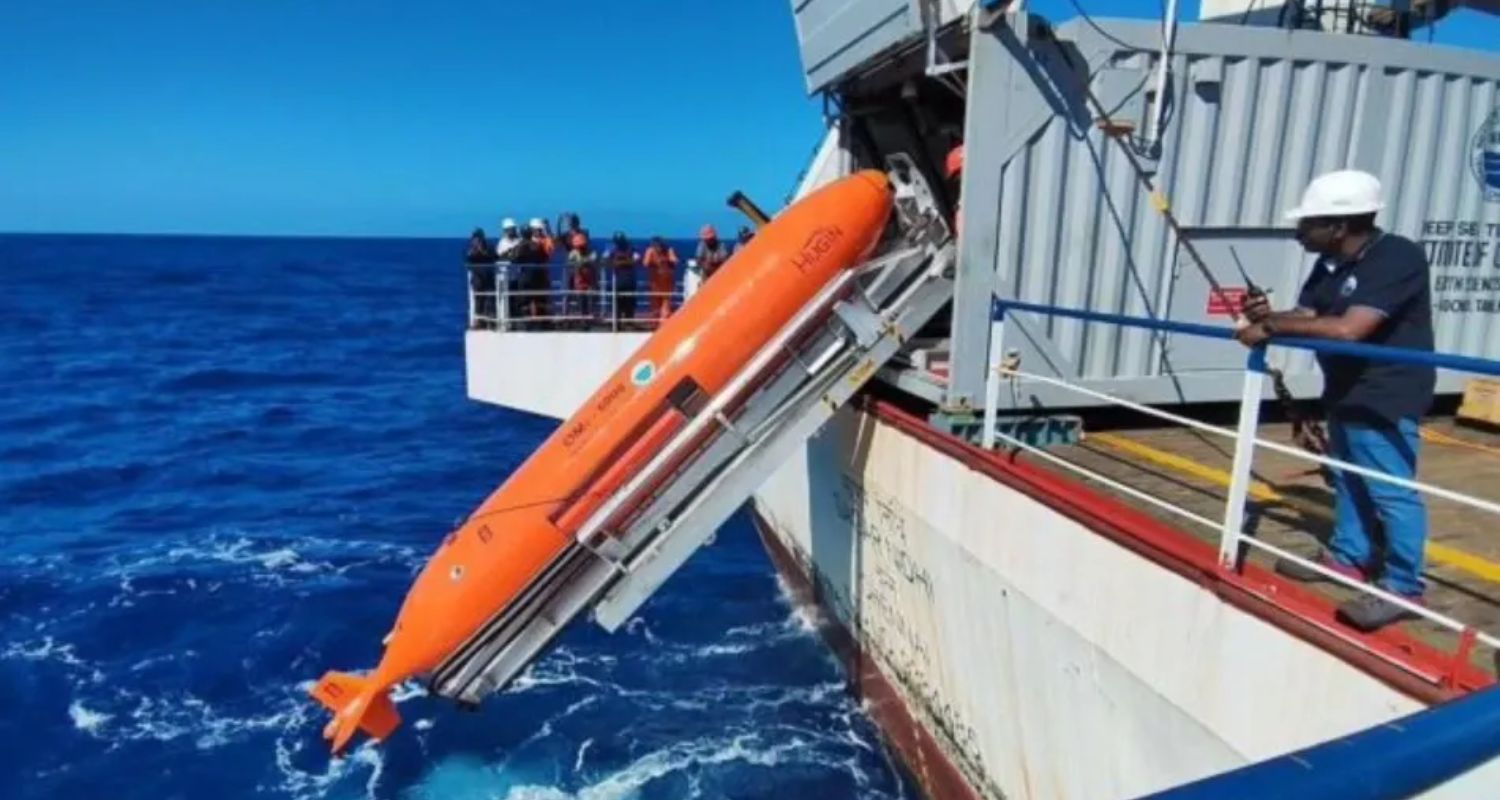India's Deep Sea Mission is making great progress, and the discovery of an active hydrothermal vent 4,500 meters below the Indian Ocean's surface this month will help scientists gain more experience and confidence for further exploration, said top Indian scientists.
In an interview with PTI, Thamban Meloth, Director of the National Centre for Polar and Ocean Research (NCPOR), explained that this discovery is just the beginning.
A team of Indian scientists from the National Institute of Ocean Technology (NIOT) and NCPOR recently captured the first image of an active hydrothermal vent 4,500 meters below the surface of the Indian Ocean.
This marks a major milestone in India's ambitious Rs 4,000-crore Deep Ocean Mission, which aims to explore the ocean's depths to find new minerals, life forms, and improve understanding of the ocean's role in climate change.

"Seeing is believing," said Meloth. He explained that while scientists had already detected both active and inactive hydrothermal vents in the southern Indian Ocean, this is the first time they captured visual images of one.
According to Meloth, this discovery supports the value of investing in the blue economy and encourages further exploration. It will also help build expertise for future missions. "While we're excited about this success, there's much more of the Indian Ocean left to explore. Continued support is essential," he said. As part of the Deep Ocean Mission, a new ship for surveys will be ready in three years.
Hydrothermal vents, which are similar to underwater hot springs, form where tectonic plates separate. Magma rises from Earth's mantle to fill the gaps, cools, and forms new crust and volcanic mountain chains.
When seawater seeps into these cracks, it heats up from the magma, shoots back up, and carries dissolved minerals. These minerals then solidify when meeting cold seawater, creating chimney-like structures around the vents.
The first hydrothermal vent was discovered in 1977 in the Galapagos Rift in the Pacific Ocean. Since then, hundreds of hydrothermal vents have been found in oceans worldwide, particularly along tectonically active regions.
Meloth emphasized two key reasons why hydrothermal vents are important: they produce valuable minerals like nickel, cobalt, and manganese, which are vital for modern technologies and clean energy solutions, and they support unique life forms that thrive without sunlight, using chemosynthesis instead.
Chemosynthesis allows organisms to use chemicals instead of sunlight for energy. In hydrothermal vent ecosystems, organisms use energy from hydrogen sulfide, a chemical compound found in vent plumes, to survive.
Meloth pointed out that the Indian Ocean has key ridges where magma emerges from the mantle and interacts with seawater to form valuable minerals. These ridges are underwater mountain ranges as challenging to explore as the Himalayas due to the extreme depth of 3,000 to 5,000 meters and the total darkness. "It's like searching for a needle in hundreds of haystacks," he said.
The team used an Autonomous Underwater Vehicle (AUV), a robotic instrument that can navigate the rugged terrain, capture high-resolution images, and collect data. Balaji Ramakrishnan, NIOT Director, said that India had conducted four expeditions in the last two years to locate the hydrothermal vent and gather useful data.
Scientists are still analyzing the videos, photos, and samples they collected. Hydrothermal vents are not only mineral-rich but also support unique ecosystems. Unlike most life on Earth, deep-sea organisms rely on chemosynthesis to generate energy from chemicals like hydrogen sulfide.
Meloth explained that these organisms live off the chemicals coming out of the seafloor. This discovery gives Indian scientists the chance to study life forms living in extreme conditions, which could offer clues about the origins of life on Earth.
Russian biochemist Aleksandr Oparin suggested in 1922 that life may have started in water through chemical reactions, a theory supported by chemosynthesis.
However, deep-sea research comes with challenges, especially in the Southern Ocean. "The weather is a major obstacle. Ocean currents and high winds make it hard to launch operations. During a one-month survey, we may only have one or two weeks of suitable weather," Meloth said. The search is also complicated because hydrothermal vents are small and scattered across thousands of kilometers of ocean. "It takes precision, experience, and a bit of luck to find them," he added.
Also Read: India set to join elite club of space docking nations


